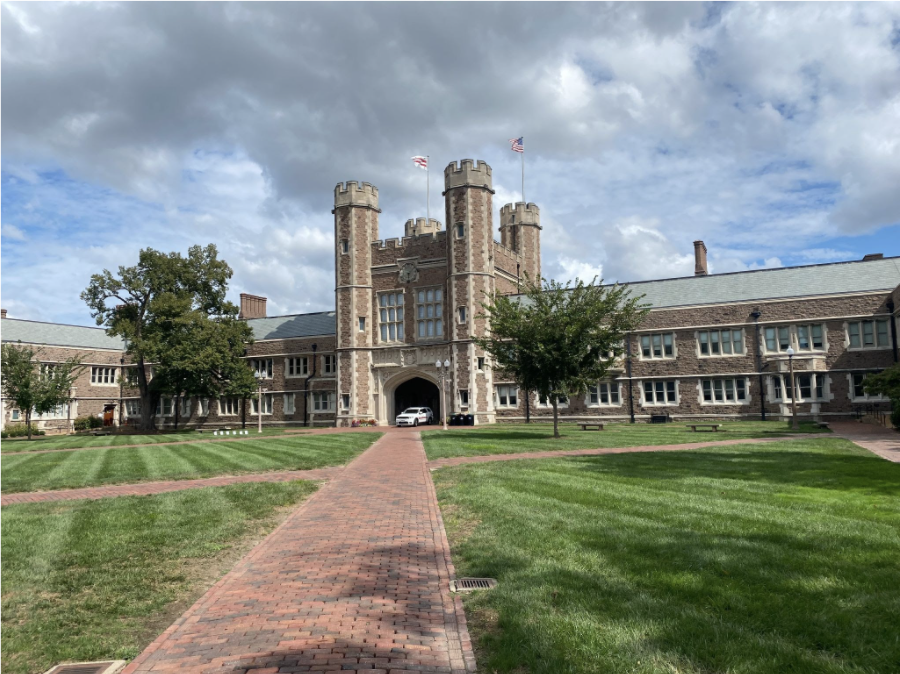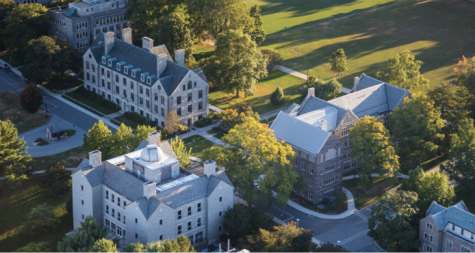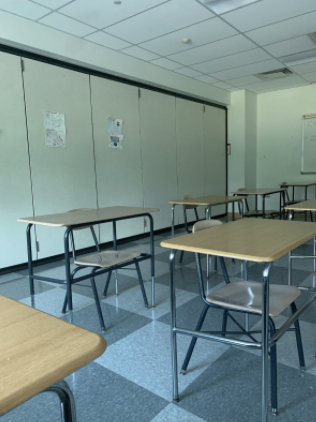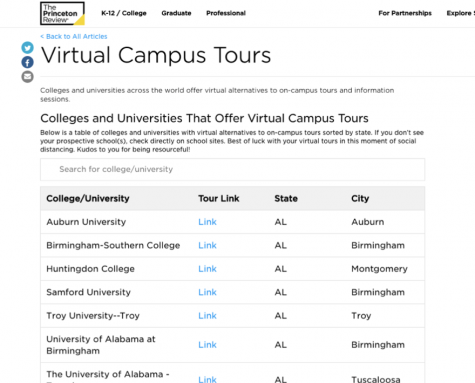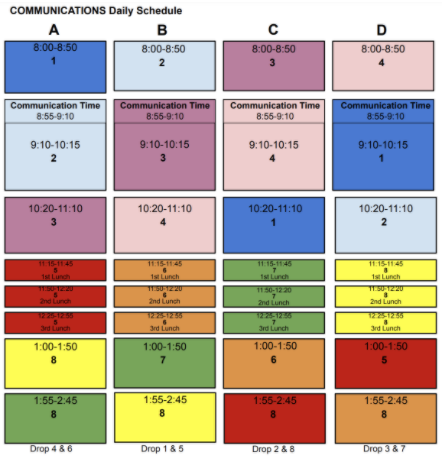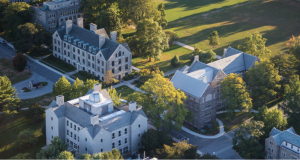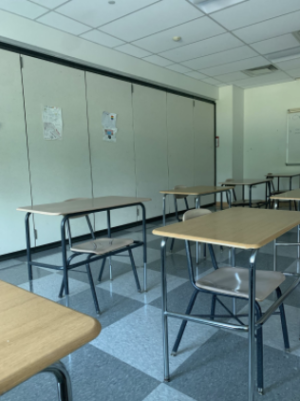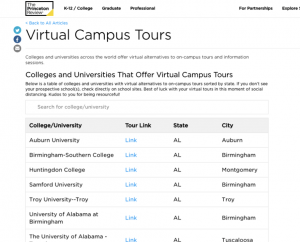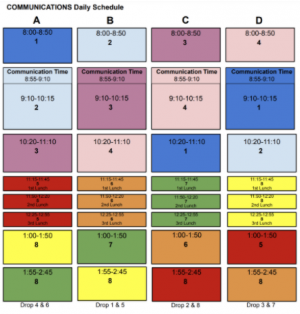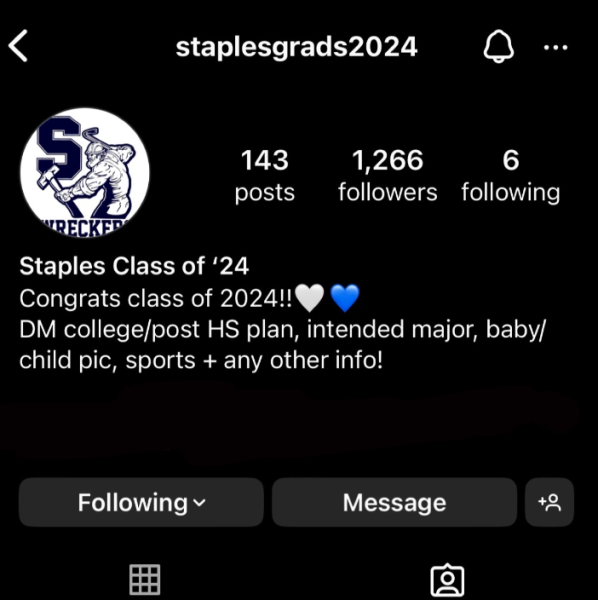Pandemic college exploration proves insufficient
Traditional campus tours are still limited because of COVID-19 regulations, but schools like Washington University in St. Louis (above) are beginning to offer self-guided tours. Visitors are given maps, phone apps or instructions to take them around to staple landmarks on campus.
From inflated price tags to overvalued rankings and evaluations, the college application process is inherently flawed. This experience for the class of 2022 has been increasingly faulty as students have been denied the one true unbiased source of insight: the colleges themselves.
As COVID-19 restrictions limited visitation of college campuses, the exploration of post high school opportunities for class of 22 has been reduced to the likes of acceptance rates, rankings, photos and reputation.
Once the staple element of determining the fit of a school, seniors are unable to experience the fit of a school without feeling the temperature, seeing the atmosphere, and interacting with students. Instead of touring campus, eating in the cafeterias and listening to lectures, we now get to watch a prepared video or look at the schools from a distance worthy of binoculars.
In my own experience, from a list of colleges I am interested in, there was one school that took precedence over all of the others. From the virtual information available to me, and the generalised description of the school, it seemed to be a great fit.
Recently, however, I was fortunate enough to be able to tour two of my top choice schools in person. This would not be a fish bowl experience that many have had throughout the pandemic: looking in from the outside of a metaphorical bubble; both Universities offered significant access to campus through information sessions and self-guided tours.
Despite my initial bias going into the tour, and the unarguable forte of the college, it became clear to me that my preferred school was in-fact the right environment for me. The school radiated with a sense of competition and intensity (beyond what I think is natural and productive) that I had not picked up on virtually. As I monitored and interacted with the communities of both Universities, I felt that I saw myself more inclined to live amongst the people, places and traditions of my second choice school.
Previous to my experiences, I had been naive to the limits of virtual college exploration. I had always ignored the tales of “I had a certain feeling” or “it just felt right” but there is a vivid effect in experiencing a college first hand. Seniors should not think of this as reasoning to start doubting their college lists entirely, but to suggest caution in holding schools to the image rendered outside of their campuses.
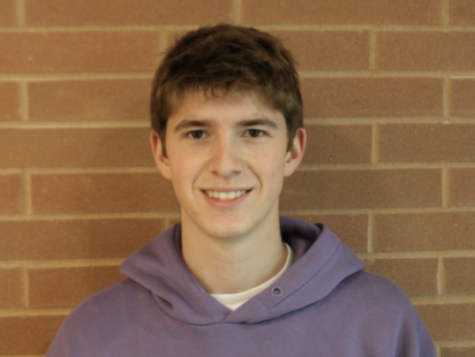
Creative Director Aidan Rogers’ ’22 interest in Inklings was sparked by his fascination for sports journalism.
Since he first joined, Rogers has...











































